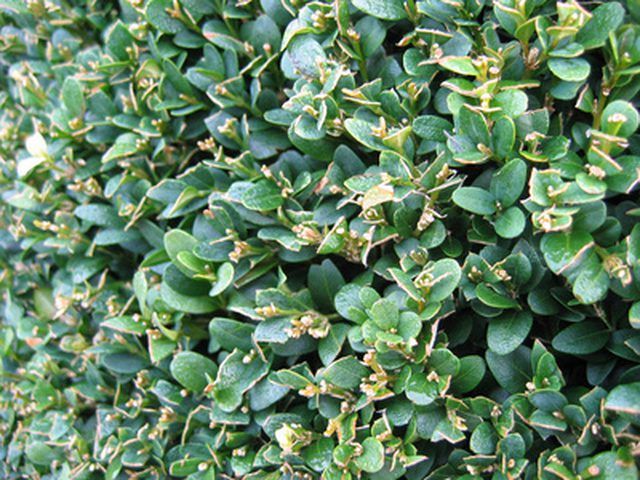Bulbs
Flower Basics
Flower Beds & Specialty Gardens
Flower Garden
Garden Furniture
Garden Gnomes
Garden Seeds
Garden Sheds
Garden Statues
Garden Tools & Supplies
Gardening Basics
Green & Organic
Groundcovers & Vines
Growing Annuals
Growing Basil
Growing Beans
Growing Berries
Growing Blueberries
Growing Cactus
Growing Corn
Growing Cotton
Growing Edibles
Growing Flowers
Growing Garlic
Growing Grapes
Growing Grass
Growing Herbs
Growing Jasmine
Growing Mint
Growing Mushrooms
Orchids
Growing Peanuts
Growing Perennials
Growing Plants
Growing Rosemary
Growing Roses
Growing Strawberries
Growing Sunflowers
Growing Thyme
Growing Tomatoes
Growing Tulips
Growing Vegetables
Herb Basics
Herb Garden
Indoor Growing
Landscaping Basics
Landscaping Patios
Landscaping Plants
Landscaping Shrubs
Landscaping Trees
Landscaping Walks & Pathways
Lawn Basics
Lawn Maintenance
Lawn Mowers
Lawn Ornaments
Lawn Planting
Lawn Tools
Outdoor Growing
Overall Landscape Planning
Pests, Weeds & Problems
Plant Basics
Rock Garden
Rose Garden
Shrubs
Soil
Specialty Gardens
Trees
Vegetable Garden
Yard Maintenance
Shrub & Tree Fertilizer
Shrub & Tree Fertilizer. Shrubs and trees are a must for any landscape project, as are the many different fertilizers are available for these plants. However, fertilizers for shrubs and trees are distinct from those used on lawns, vegetables and flowers. Choosing the right shrub and tree fertilizer will ensure lasting enjoyment and continuing...

Shrubs and trees are a must for any landscape project, as are the many different fertilizers are available for these plants. However, fertilizers for shrubs and trees are distinct from those used on lawns, vegetables and flowers. Choosing the right shrub and tree fertilizer will ensure lasting enjoyment and continuing health of your landscape plants.
Shrub or Tree?
There is no precise definition of these terms, but generally, a shrub is a perennial, woody plant with a low, bushy growth habit. A tree is a woody, perennial plant which has a more upright, spreading growth habit. Some "trees" are cultivated in such a way as to be considered shrubs, and some "shrubs" can be cultivated in a manner more consistent with trees. Some genera of plants have some species considered shrubs and some considered trees. Environment can have an effect on this. Rhododendrons, for example, are widely grown in the United States and are generally considered shrubs; however, in their native China, they grow to a size more commonly associated with "tree," some reaching as high as 100 feet.
Types of Shrub and Tree Fertilizers
Shrub and tree fertilizers come in two main types: organic (natural) and inorganic (chemical). Organic types are derived from natural sources and inorganic, or chemical, fertilizers are entirely man-made. Each type has its advantages. Organic types are better for the environment and tend to release their nutrients over a longer period, while inorganic fertilizers generally provide nutrients in a form more readily available for absorption by the plant. Dozens of brands of both types are available on the market.
Components of Shrub and Tree Fertilizers
Fertilizers provide essential nutrients needed by all plants for growth. The "big three" are nitrogen, phosphorous and potassium. Some fertilizers also contain other nutrients needed by plants in smaller amounts such as magnesium, calcium, iron, manganese, boron, zinc, molybdenum and copper, although most soils contain enough of these secondary nutrients to sustain long-term growth. Fertilizers are labeled with a series of three numbers separated by dashes--such as 10-10-10, which denote the amounts of nitrogen, phosphorous and potassium in the fertilizer, respectively. Most trees and shrubs use more nitrogen than the other two nutrients, as nitrogen promotes stem and leaf growth. However, trees and shrubs grown for flowers or fruit may need slightly more phosphorous and potassium.
What to Use
Generally, fertilizers with high-nitrogen content and little or no potassium and phosphorous are best for trees and shrubs. Most plants of this type get the phosphorous and potassium they need from the soil. If you think your plants need more of these nutrients, purchase a soil test kit or have the soil tested by your local agricultural extension. Many different brands of tree and shrub fertilizer are available at any garden center.
When to Apply
Larger, more mature trees and shrubs rarely have a need for supplemental fertilizers, as their widespread root systems supply them with enough essential nutrients. However, smaller specimens and those grown for fruits and flowers can benefit from fertilization. Generally, fertilizers for trees and shrubs should be applied before a growth period. This can be early in the spring before the season's growth begins, or late in the fall, after the tree has entered dormancy. Fertilizing at these times ensures availability of the nutrients when the plants begin a new growth cycle. Fertilizers should not be applied late in the summer as this can stimulate rapid growth, which will not have an opportunity to harden off and may die back during winter. Do not fertilize newly planted trees and shrubs until some evidence of new growth is seen, and never do so late in the season. If you are planting dormant trees and shrubs in the fall, wait until early spring to fertilize them. Fertilizing newly planted trees and shrubs can slow the growth of new roots, as the plant has nutrients too readily available and so has no reason to increase its root network. Even young and newly established trees and shrubs do not require heavy fertilization on a yearly basis. Also, never use any fertilizer containing any type of herbicide on trees and shrubs, as some of these chemicals may harm the plants.